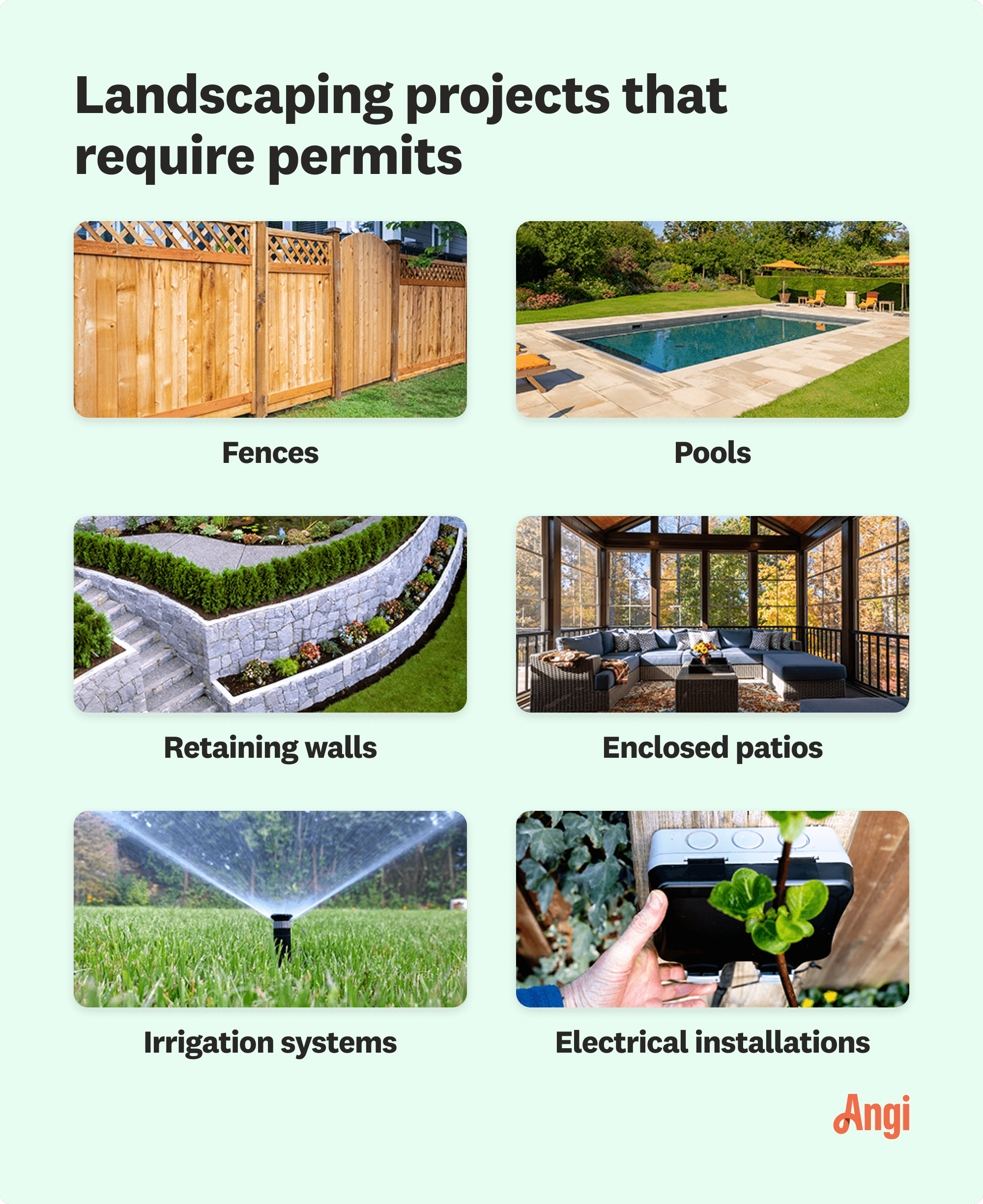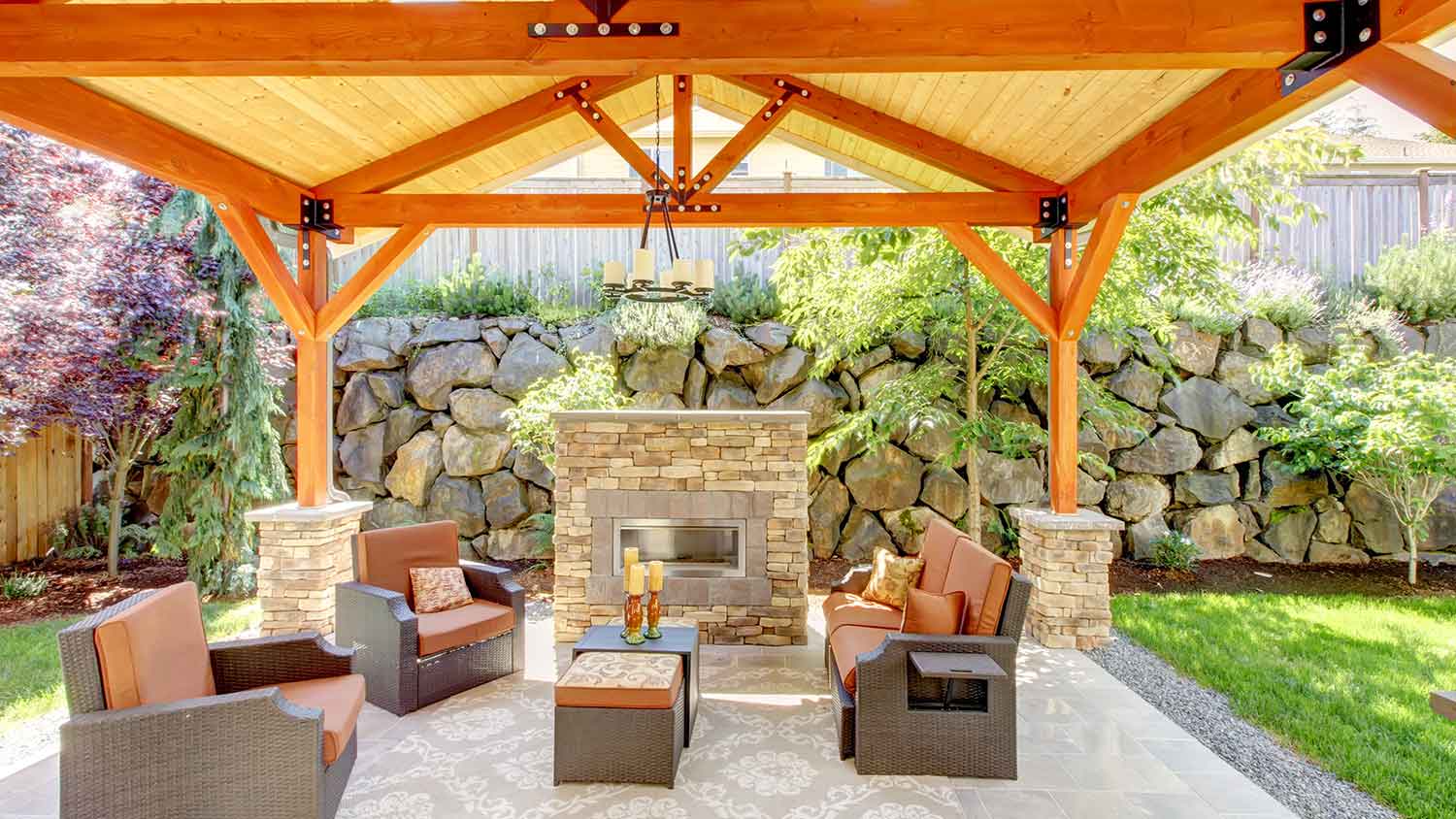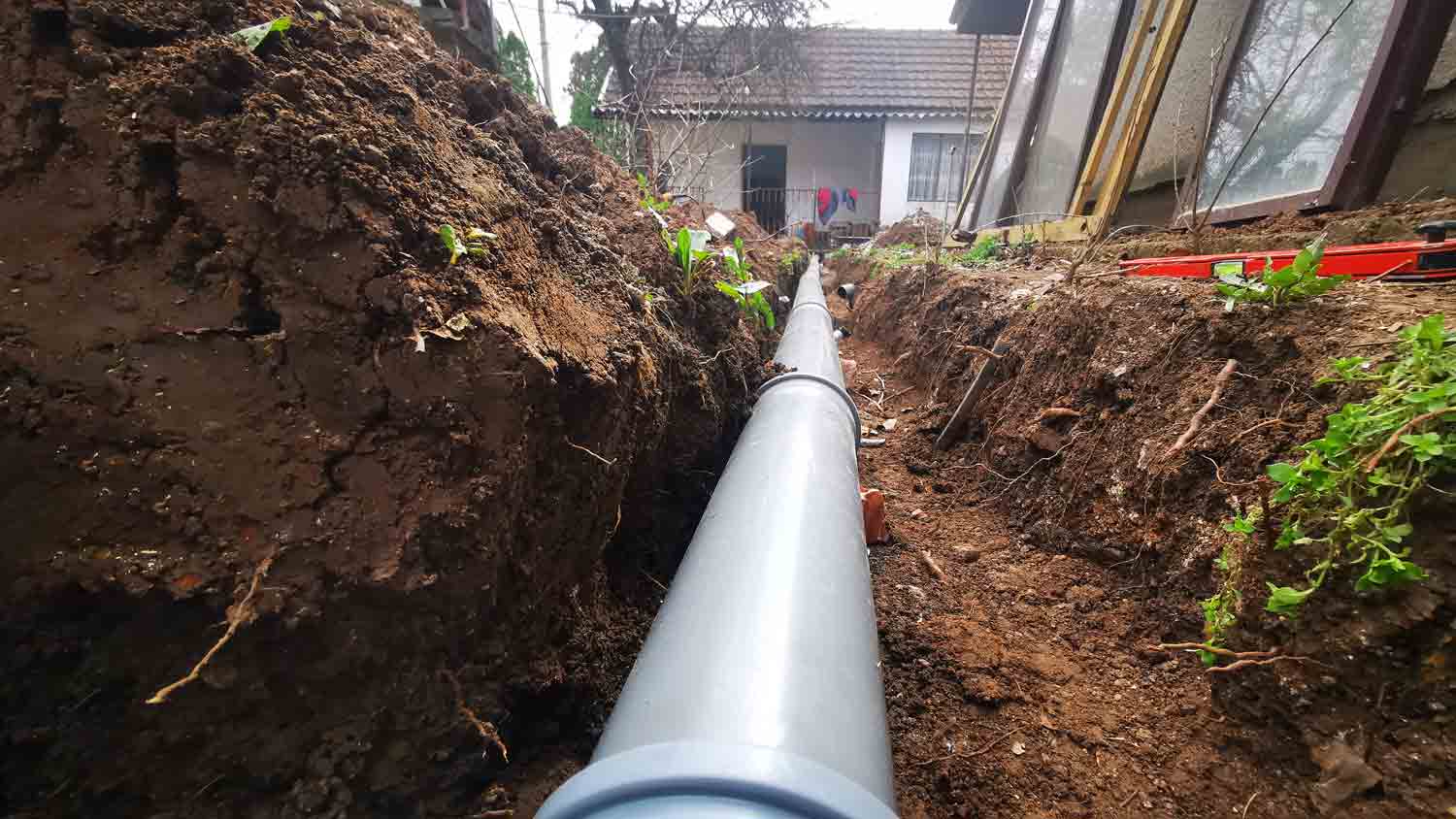
Leveling your yard can help with drainage and prevent damage to your home. Learn the cost to level a yard and what factors can affect the price.
It’s better to ask for permission than forgiveness in this case


Large landscaping projects like adding structures often require a permit.
Permits may be needed when adding irrigation or electrical systems.
Routine planting and landscape maintenance don’t require a permit.
Permit regulations vary by location, so always check local laws.
Landscaping projects help make your outdoor space more comfortable and visually appealing, but some landscaping work may require a permit. Learn when you need a permit for landscaping projects, why it’s important to confirm if a permit is required, and what projects you can do without official permission.


In general, any major changes to your property that require building, utility work, or altering the landscape in a significant way are likely to require a permit. These types of landscaping work are often performed by professionals—a local landscaper will know whether or not you’ll need a permit. If you’re DIYing one of these projects, consult your local building authority to determine if they require a permit.
In many areas, fences are regulated, dictating how high they can be, how far from the property line they can be placed, and even which surface must face out. Because of these requirements, you may need to pull a permit to ensure all applicable codes are followed.
If you’re adding a shed, covered porch, enclosed patio, pergola, or other permanent structure with a foundation or a roof, you may need a building permit. Temporary or movable structures are often exempt from needing a permit but err on the side of caution and check. Retaining walls of a certain height or length may also need a permit, and many locations require a permit to pour concrete for patios and other hardscaping features.
Because in-ground pools require excavation, you’ll need a permit to begin work. Many municipalities also require a permit for aboveground pools, even though they’re installed without excavating the ground first. In addition, local regulations may also require fencing around the pool, which might require another permit.
In some circumstances, installing a drainage system may require a permit. You’re likely to need a permit if the drainage system:
Empties into a municipal sewer or drainage ditch
Is installed near a well or leach field
Diverts a stream
Is installed on property with a low water table
Homes with drainage issues may need to be regraded, and the slope of the yard must be leveled and changed so that water drains away from the house. A good rule of thumb is that any regrading of 24 inches or more will require a permit.
In some areas, you may need a permit to cut down trees. Regulations may be limited to trees of a certain size or species—a tree removal professional will know local guidelines and whether a permit is required.
Any utility installation will likely require a permit. Adding landscape lighting, an irrigation system, or a permanent outdoor kitchen means installing electrical wires, plumbing pipes, and gas lines, all of which require a permit before work begins.
Whether or not you need a permit to install a fire pit varies widely by municipality, so verify your local regulations. Even if a permit isn’t necessary, most areas have codes about the placement of fire pits to reduce fire risk to your and your neighbors’ homes.
Although many landscaping projects don’t require permits, it’s best to check local regulations before beginning work to verify if you need one. Some municipalities may require permits for work that isn’t often permitted elsewhere due to environmental concerns, local codes, and more. Always confirm permit regulations just to be on the safe side.
Landscaping work that doesn’t often require permits includes:
Planting of flowers, shrubs, bushes, and small trees
Building garden beds
Regular lawn maintenance
Installing paver walkways
Minor regrading
Sod installation
Penalties for not pulling a permit include fines and citations—you may even have to demolish the work and start over again once you have a permit. Unpermitted work may also prevent insurance coverage and can make it difficult to sell your house.
Since not obtaining necessary permits can be expensive and lead to serious consequences, it’s best to add permit costs into your landscaping budget.
From average costs to expert advice, get all the answers you need to get your job done.

Leveling your yard can help with drainage and prevent damage to your home. Learn the cost to level a yard and what factors can affect the price.

Railroad tie retaining wall costs can vary widely, so getting an accurate estimate for your needs is a good idea to set your budget appropriately.

The cost to remove a boulder depends on the size, location, and equipment needed. Learn the average boulder removal cost and how to save money on removal.

Keep your yard from flooding by choosing the right piping and drainage. Learn what type of piping is used for the drainage system in a yard with this guide.

Nothing spruces up your home’s exterior quite like refreshing flower beds and walkways with landscaping materials. Learn what questions to ask about mulch before ordering.

Whether you’re updating your yard or moving into a new home, these tips will help you make sure your landscaping tactics around your house prevent water.